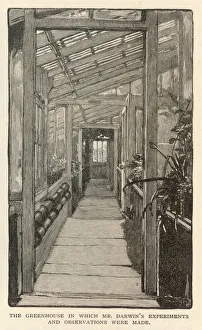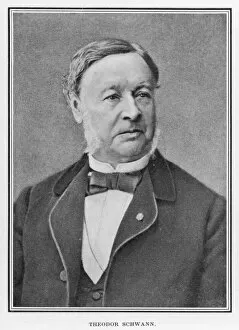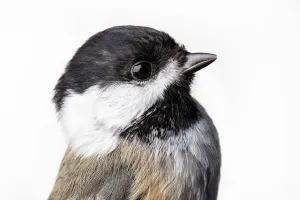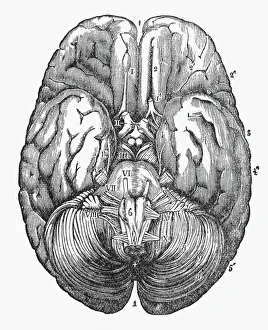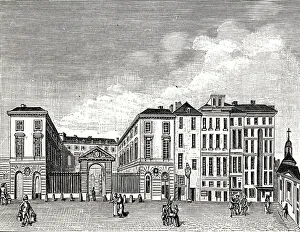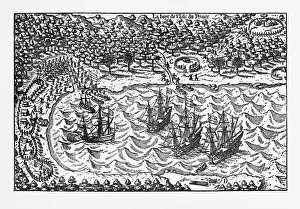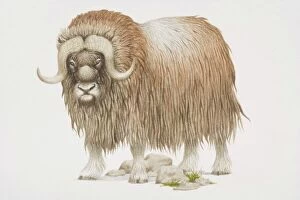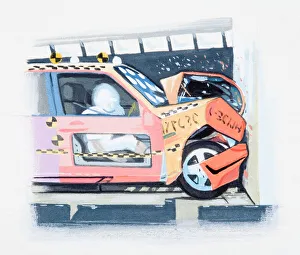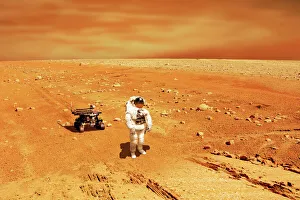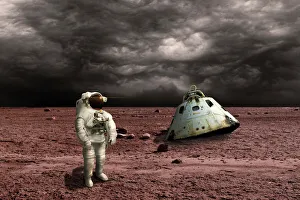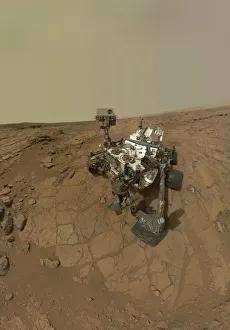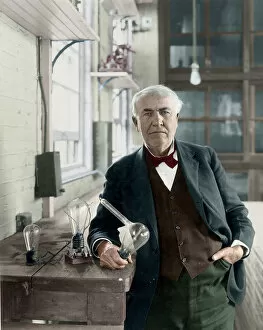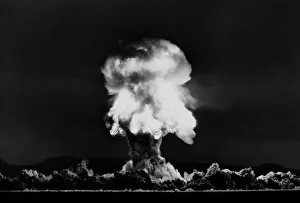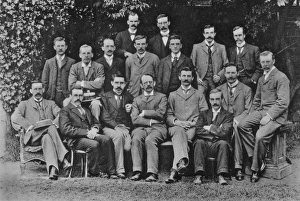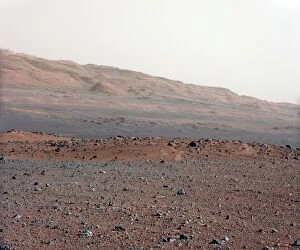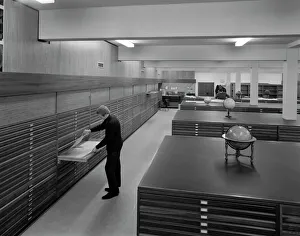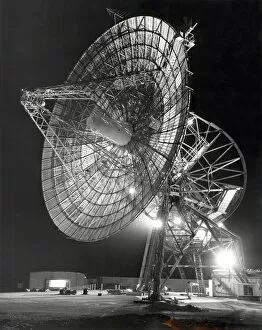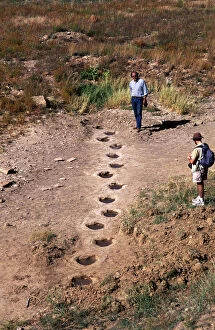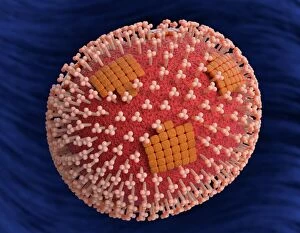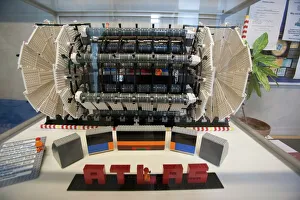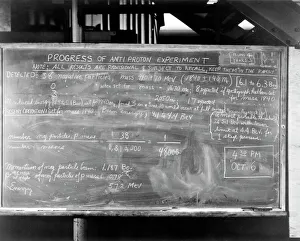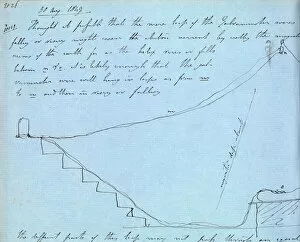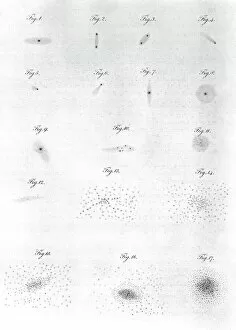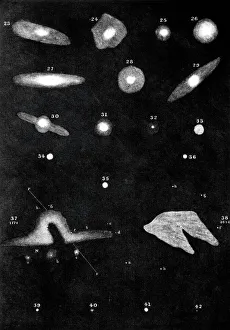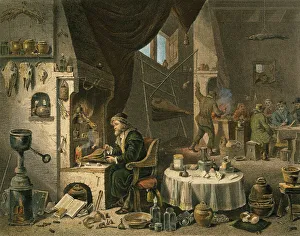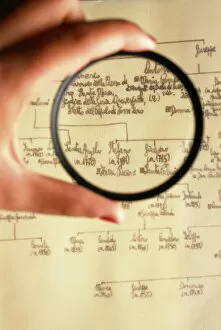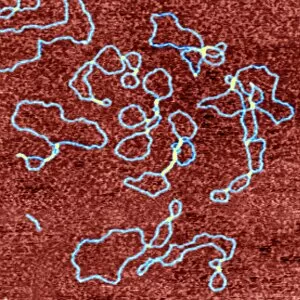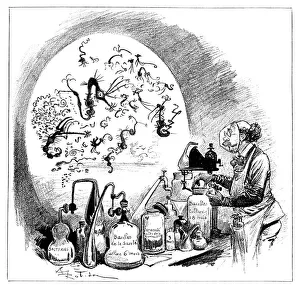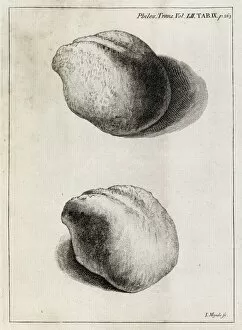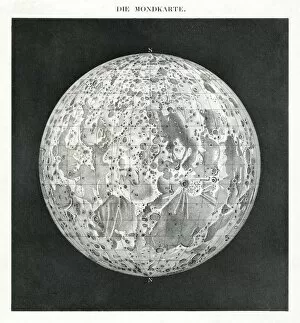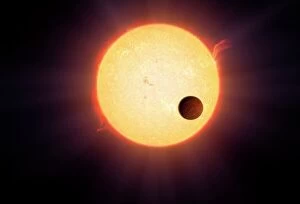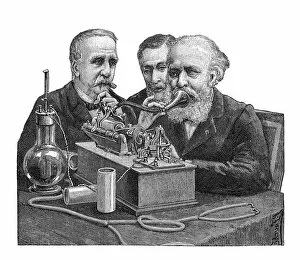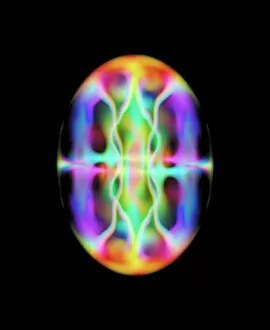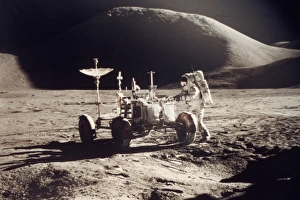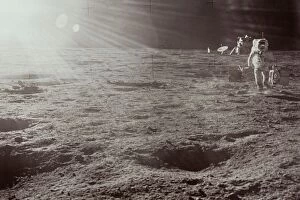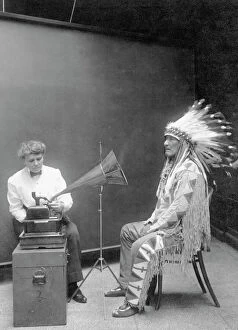Research Collection (page 3)
"Unveiling the Secrets
All Professionally Made to Order for Quick Shipping
"Unveiling the Secrets: Exploring the Vast Realm of Research" From deciphering the valorous tales behind British Military medals to unraveling the enigmatic patterns in a Rorschach Inkblot Test, research takes us on an intellectual odyssey. It delves into realms beyond our comprehension, like scrutinizing the cosmic microwave background through MAP and decoding intricate histological diagrams of a mammalian retina. Research is not confined to laboratories; it extends to observing nature's wonders firsthand. Jane Goodall, with her unwavering dedication as a British conservationist and zoologist, captured alongside a chimpanzee, epitomizes how research bridges gaps between species. The quest for knowledge transcends boundaries of time and space. Erwin Schrodinger's groundbreaking discoveries in quantum mechanics remind us that research propels humanity forward by challenging conventional wisdom. In particle physics, proton collisions such as C014 / 1797 or witnessing Higgs boson events like C013 / 6892 within ATLAS detectors demonstrate how researchers strive to unlock mysteries at subatomic levels. Pioneers like Marie Curie exemplify relentless pursuit despite adversities faced by women in science. Her revolutionary work with radioactivity continues to inspire generations. It also embarks on daring expeditions akin to HMS Beagle - Darwin's ship that sailed uncharted waters - pushing boundaries of exploration and understanding. Similarly, Apollo 17 astronauts left indelible footprints on the Moon while expanding human horizons beyond Earth's confines. These captivating glimpses into diverse facets highlight its transformative power. It fuels curiosity, challenges assumptions, and empowers us with knowledge that shapes our world. Whether investigating microscopic particles or exploring vast ecosystems – research illuminates paths towards progress and inspires future generations to embark upon their own quests for discovery.


